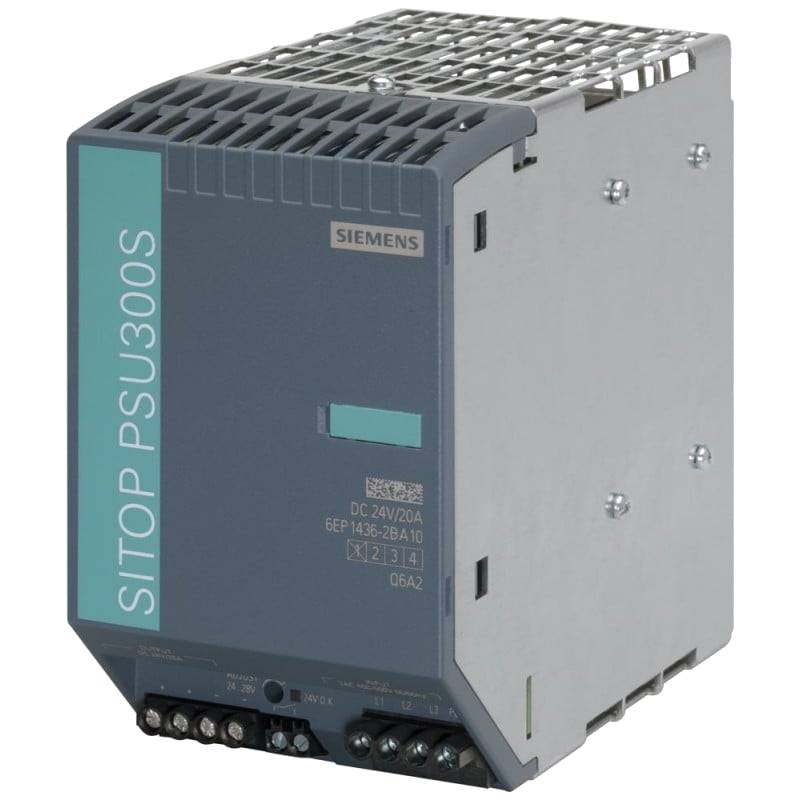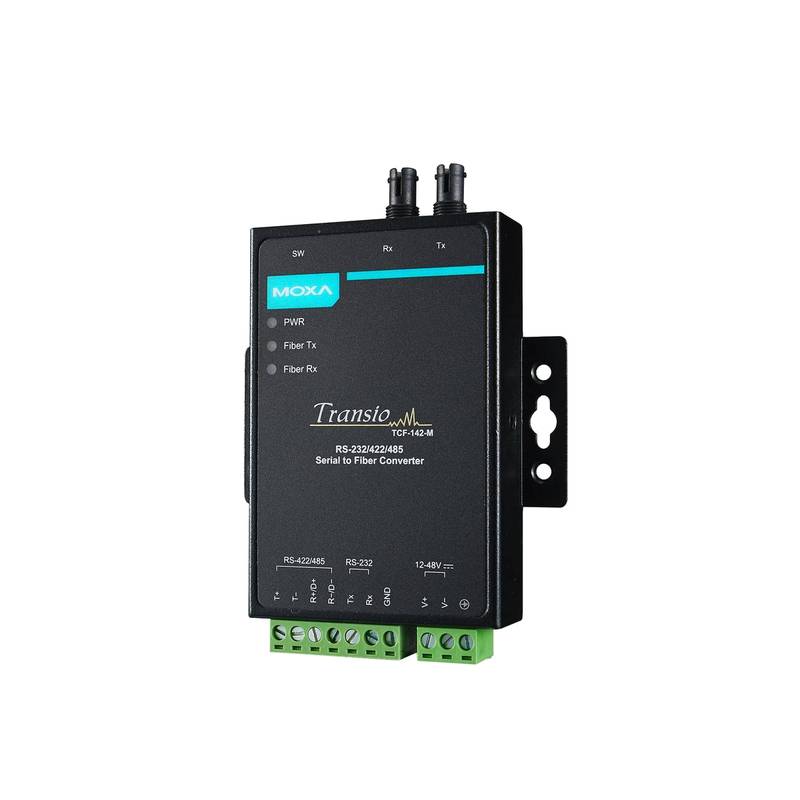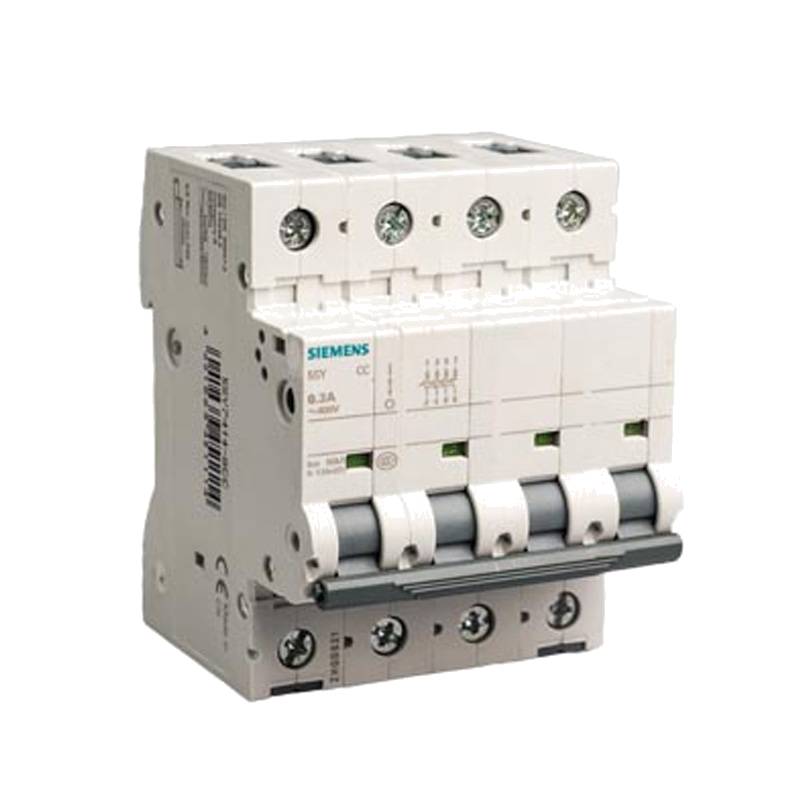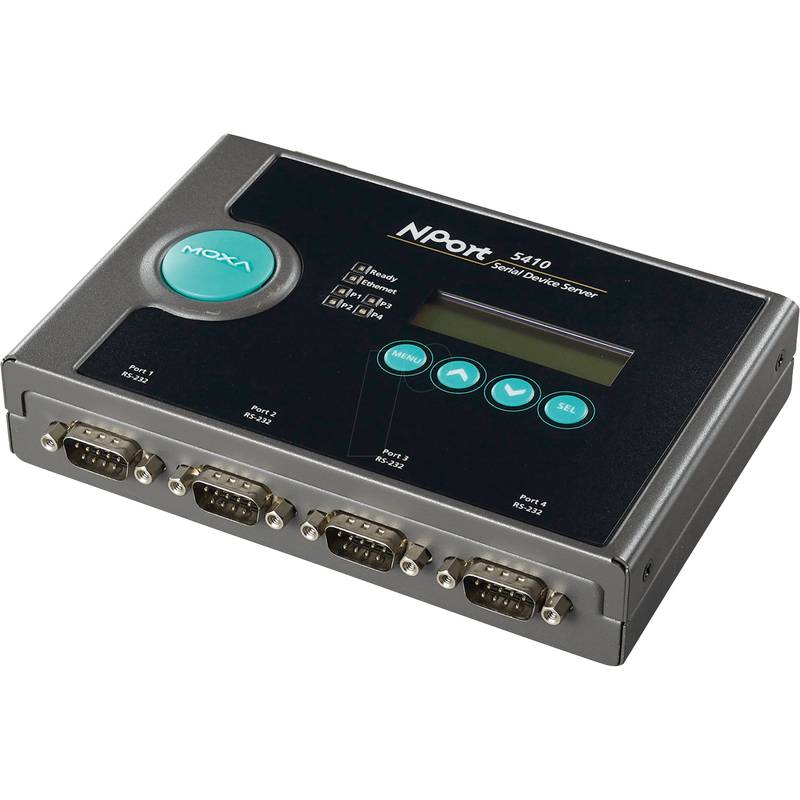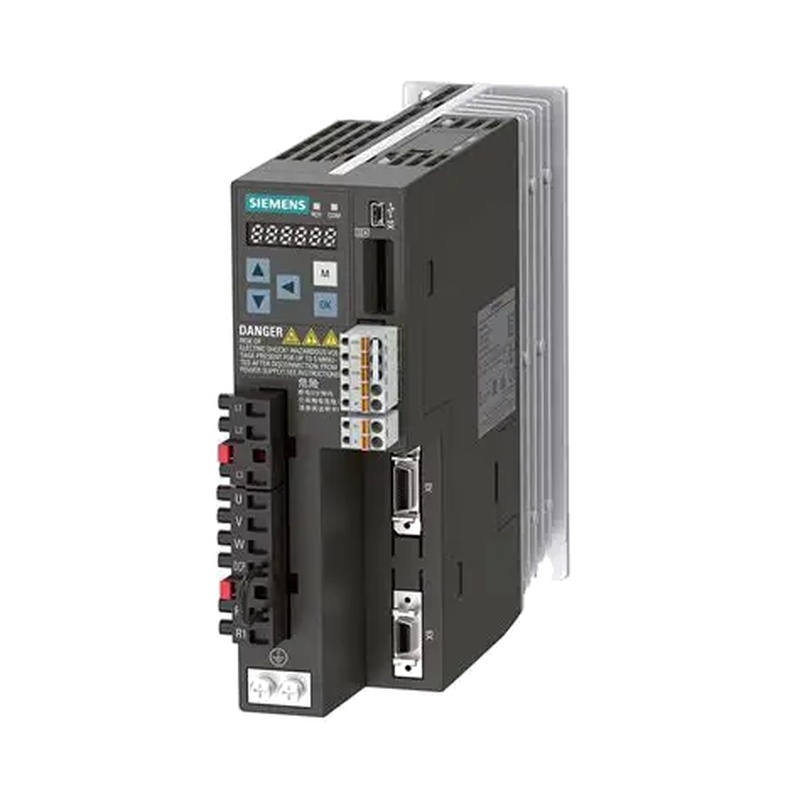
The Siemens 7KT1673 industrial multi-function power meter stands as a robust solution for precise electrical monitoring in demanding environments. Its core advantages lie in comprehensive data acquisition, advanced analytics, and seamless integration capabilities, empowering industrial operations with critical insights. Key technical parameters include a wide operating temperature range of -25°C to +55°C, a robust IP65 enclosure for dust and water protection, and support for standard communication protocols such as Modbus RTU. The device offers high-accuracy measurements for voltage (up to 400V L-N), current (up to 5A), frequency (45-65 Hz), and power factor, ensuring detailed performance tracking.
Siemens 7KT1673: Core Features & Market Positioning
The Siemens 7KT1673 distinguishes itself through its multi-functionality, consolidating numerous measurement and monitoring capabilities into a single, compact unit. This eliminates the need for multiple single-purpose devices, reducing installation complexity and overall system cost. Its market positioning is firmly established as a reliable, high-performance energy meter for industrial applications, offering advanced features that cater to sophisticated power management strategies. The device's built-in Ethernet and RS-485 interfaces facilitate straightforward integration into existing SCADA, building management, and IIoT platforms, enhancing its value proposition.
Key Application Scenarios
This industrial power meter finds its utility across a broad spectrum of industrial sectors, including manufacturing plants, data centers, process industries, and critical infrastructure. It is ideally suited for applications requiring precise energy consumption monitoring, load balancing, power quality analysis, and anomaly detection. For instance, in a manufacturing setting, the Siemens 7KT1673 can monitor the energy usage of individual machines or production lines, identifying inefficiencies and opportunities for cost savings. In data centers, it provides granular power data essential for maintaining optimal operating conditions and ensuring system reliability.
Practical System Integration Guidance
Integrating the Siemens 7KT1673 into an industrial network is streamlined through its versatile communication options. The unit typically connects to current transformers (CTs) and voltage transformers (VTs) for measurement input. For communication, the Modbus RTU protocol over RS-485 is commonly employed for integration with PLCs and SCADA systems, while the Ethernet port supports Modbus TCP/IP, enabling direct connection to network infrastructure and higher-level management systems. Configuration often involves setting up communication parameters, measurement ranges, and alarm thresholds via dedicated software or web interface, ensuring it aligns with the site's specific network architecture and monitoring requirements.
Operation and Risk Mitigation
Operating the Siemens 7KT1673 involves regular monitoring of logged data and responding to any configured alarms or alerts. The device's robust design and IP65 rating mitigate risks associated with harsh industrial environments, including dust ingress and water splashes. Safety protocols during installation and maintenance are paramount, requiring adherence to electrical safety standards to prevent shock hazards. While the device is designed for reliability, common troubleshooting may involve verifying connections, communication settings, and power supply integrity. Specific fault codes, if generated, would typically be detailed in the device's technical manual, guiding corrective actions.
Scalability & Long-Term Value
The Siemens 7KT1673 offers significant long-term value through its scalability and compatibility with evolving industrial demands. Its ability to integrate with modern IIoT platforms allows for advanced data analytics, predictive maintenance, and optimization strategies, aligning with Industry 4.0 initiatives. For facilities looking to expand their monitoring capabilities, the Siemens 7KT1673 can be easily networked with additional meters or integrated into larger energy management systems. This ensures that the initial investment continues to provide valuable data and control as the operational landscape transforms.
Frequently Asked Questions
What are the primary benefits of using the Siemens 7KT1673?
The Siemens 7KT1673 offers precise multi-parameter electrical measurement. It provides crucial data for energy management and operational efficiency. Its robust design ensures reliable performance in harsh industrial settings.
This meter consolidates various monitoring functions into one device. This simplifies installation and reduces overall system costs. It supports advanced communication protocols for seamless integration.
The device allows for detailed power quality analysis. This helps in preventing equipment damage and downtime. It also aids in optimizing energy consumption for cost savings.
What technical specifications define the Siemens 7KT1673's capabilities?
The meter measures voltage up to 400V L-N and current up to 5A. It operates reliably within a -25°C to +55°C temperature range. The frequency measurement range is 45-65 Hz.
It features an IP65 enclosure, offering protection against dust and water ingress. This makes it suitable for challenging industrial environments. The device also supports high-accuracy power factor readings.
Key communication interfaces include Modbus RTU (RS-485) and Ethernet (Modbus TCP/IP). These enable robust data exchange with control systems. Its power consumption is typically low, contributing to overall energy efficiency.
How does the Siemens 7KT1673 integrate into existing industrial systems?
Integration is achieved via standard communication protocols like Modbus RTU and Modbus TCP/IP. The meter connects to existing PLCs, SCADA, or IIoT platforms. This allows for centralized data acquisition and analysis.
Installation involves connecting to current and voltage transformers for measurement input. The device's compact size and DIN rail mounting simplify physical integration. Wiring diagrams are available in the product documentation.
Configuration typically involves setting communication parameters, IP addresses, and measurement thresholds. Siemens provides software tools to facilitate this setup process. This ensures compatibility with the site's network infrastructure.
What are the key application areas for the Siemens 7KT1673?
This meter is ideal for manufacturing facilities requiring detailed energy usage analysis. It helps in identifying consumption patterns for individual machines or lines. This supports operational optimization and cost reduction efforts.
It is also used in data centers for precise power monitoring and load balancing. Critical infrastructure and process industries benefit from its reliability. Anywhere detailed electrical data is needed, this meter is a strong candidate.
The device aids in load forecasting and capacity planning. It also plays a role in power quality monitoring to ensure system stability. Its versatility makes it applicable across many industrial segments.
What are the typical power quality parameters measured by the Siemens 7KT1673?
The meter can capture voltage and current waveforms for detailed analysis. It measures parameters like total harmonic distortion (THD). This helps in identifying issues affecting equipment performance.
It monitors frequency deviations and voltage sags/swells. These events can impact sensitive electronic equipment. Identifying these anomalies is crucial for maintaining operational integrity.
While not a full-fledged power quality analyzer, it provides essential data. This data is crucial for understanding the electrical system's health. It supports proactive measures to mitigate power quality issues.
How does the Siemens 7KT1673 contribute to energy efficiency and cost savings?
By providing granular energy consumption data, the meter highlights areas of high usage. This allows operators to identify inefficient processes or equipment. Targeted improvements can then be implemented.
It enables accurate billing and cost allocation across different departments or machines. This transparency drives accountability for energy usage. The ability to monitor power factor also helps in avoiding penalties.
The data collected facilitates load profiling and optimization. By understanding demand patterns, utilities can reduce peak loads. This leads to direct savings on energy bills and potential demand charges.
What safety considerations are important during the installation and operation of this meter?
Always de-energize circuits before installation or maintenance to prevent electrical shock. Ensure all connections are secure and comply with local electrical codes. Qualified personnel should perform all installation tasks.
The IP65 rating protects against dust and water. However, avoid exposing the meter to conditions beyond its rated environmental limits. Regular inspection of the enclosure integrity is recommended.
Follow the manufacturer's guidelines for proper wiring and grounding. This ensures both personnel safety and correct operation of the device. Proper installation prevents premature failure and safety hazards.
What communication protocols does the Siemens 7KT1673 support?
The meter supports Modbus RTU protocol over an RS-485 serial interface. This is a widely adopted standard for industrial automation. It allows for communication with PLCs and SCADA systems.
It also features an Ethernet port supporting Modbus TCP/IP. This enables direct integration into modern IP-based networks. This protocol is ideal for higher-level data acquisition and management.
The support for these common protocols ensures interoperability. It allows the meter to seamlessly fit into diverse automation architectures. This flexibility is key for system integration.
Can the Siemens 7KT1673 be used for sub-metering applications?
Yes, the Siemens 7KT1673 is an excellent choice for sub-metering. It can accurately measure energy consumption for specific areas, machines, or processes. This provides detailed insights into localized energy usage.
Sub-metering helps in accurate cost allocation and accountability. It allows businesses to identify which operations are most energy-intensive. This data is crucial for targeted efficiency improvements.
The meter's communication capabilities facilitate easy integration into central monitoring systems. This allows for consolidated data from multiple sub-meters. It supports comprehensive energy management strategies.
What is the role of the Siemens 7KT1673 in Industrial IoT (IIoT) solutions?
The 7KT1673 serves as a vital data acquisition node in IIoT ecosystems. It collects real-time electrical data from industrial assets. This data forms the foundation for smart manufacturing and predictive maintenance.
By transmitting data over Ethernet (Modbus TCP/IP), it connects to cloud platforms or edge devices. These platforms analyze the data for insights into performance, anomalies, and energy trends. This enables remote monitoring and control.
Its integration into IIoT solutions supports advanced analytics and AI applications. This drives operational intelligence, optimizes asset utilization, and enhances overall plant efficiency. It is a key component for digital transformation initiatives.


















